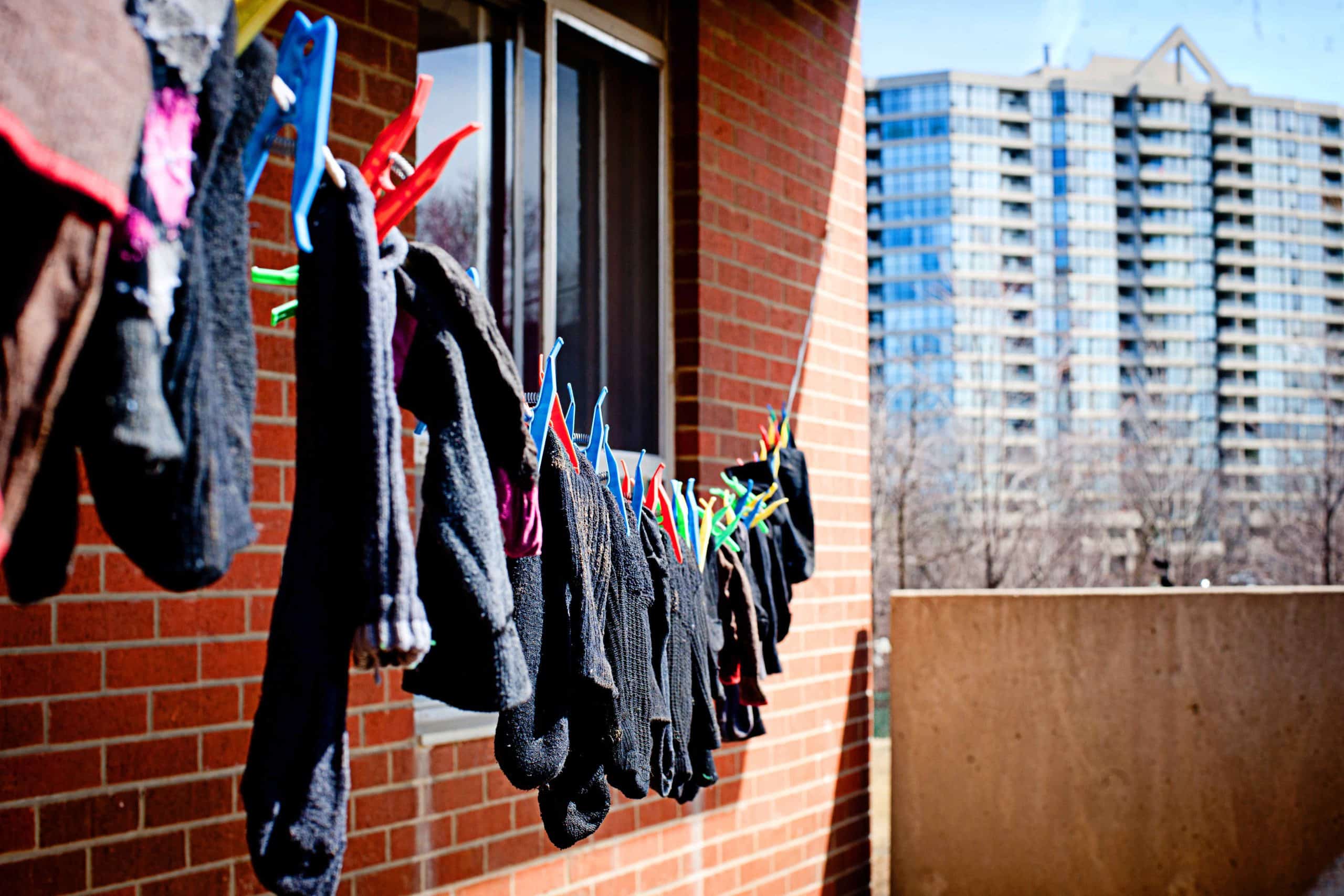‘We never let that happen’: Ontario emergency shelters react to death of asylum seeker
Published March 19, 2024 at 9:19 am

Ontario was struck with a jarring reality last month when Delphina Wambui Ngigi, a mother of four from Kenya, died in proximity to an emergency shelter in Mississauga.
As a result, questions are being raised concerning the safety of the province’s most vulnerable, all while emergency shelters face the bottomless task of community care.
Ngigi is the second asylum seeker from Africa to recently die in Peel; a man in his 40s was found dead outside the same Mississauga shelter last fall.
As communities mourn Ngigi’s passing, emergency shelters throughout Ontario continue to mobilize to prevent further loss of life.
Representatives of Blue Door, York Region’s largest emergency shelter, were particularly taken aback by the circumstances surrounding Ngigi’s death. According to them, client care doesn’t stop outside shelter doors.
“We never let that happen. If someone shows up at our door, we’re going to work with that individual. In a worst-case scenario—like if we couldn’t take them in—we put them up in a hotel. This, in turn, buys us valuable time to find a better solution the next day,” Michael Braithwaite, CEO of Blue Door, told insauga.com.
Blue Door offers a variety of shelter solutions, with designated spaces for adult men, young men and families.
As a result of having such a wide net of services, Blue Door has been hit hard with asylum claimants, resulting in Braithwaite actively looking for solutions to keep refugee clients safe while looking for stable accommodations.
“The shelter system can be quite shocking to someone who doesn’t understand it and the needs of these individuals are quite different. We work with our community legal clinic because we need the help. Shelter staff are often social workers who don’t know the legal details surrounding immigration,” says Braithwaite. “How do we make ourselves accessible? How do we get that need out? How do we go beyond our usual little groupings and work with other organizations that specialize in welcoming newcomers?”
According to a recent survey by Statista, an international data collection platform, Ontario is home to the highest number of permanent resident refugees in Canada, sitting at an estimated 39,800 individuals as indicated by the data.
While shelter organizations play the never-ending game of catch-up, regional governments are simultaneously looking for rapid solutions.
insauga.com reached out to the Region of Peel to gain insight into the circumstances surrounding Ngigi’s death and to measure the depth of regional support for shelter systems.
Human Services for Peel Region could not provide a direct statement and instead opted to supply an agenda review drafted on behalf of Peel Council. The report is from Feb. 22 — one day before Ngigi’s death — and sheds light on critical updates for shelter systems and support for asylum claimants.
According to the summary, a Region of Peel welcome center is the primary remedy, which will operate in tandem with new temporary shelter sites for asylum seekers. This facility, if built, will manage the intake of refugees while also providing extra accommodations separate from an already overburdened emergency shelter system.
Administrators on the council plan to have a budget proposal ready for the provincial and federal government by the end of March, as indicated in the report.
For Lady LaForet — executive director of the Welcome Centre Shelter in Windsor — a comprehensive system designed to assist asylum seekers may be the solution Ontario is looking for.
“To me, it’s not hard to understand. You plop yourself in a new country, where you don’t speak the language, you’re escaping from trauma, you’re potentially coming from war and you have no idea what street to turn on,” LaForet told insauga.com.
Much like Braithwaite and Blue Door, LaForet and the Welcome Centre Shelter continue to stare down the barrel of the ongoing refugee crisis. When Ngigi’s death went public, LaForet and staff couldn’t help but mourn in solidarity.
“We share in a very intimate and vulnerable part of these people’s journeys, so you feel the additional weight when something like that happens. You then get hit with all of these ‘what ifs? You start to second guess every action and every inaction that you’ve taken, as your head and your heart think two very different things,” says LaForet.
For the Welcome Centre Shelter, which primarily supports women and families, the relentless arrival of individuals both in crisis and from out of the country stretches an already overloaded and exhausted staff.
“We have clients who are actively in psychosis and who are struggling with mental health, who are screaming hysterically. At the same time, I have a line-up of kids who are waiting for their school bus… then I have senior women who have never been in a shelter before and are terrified. You are then forced to look to your staff, who have no choice but to become mental health crisis nurses,” says LaForet.
As for how to engage the ongoing shelter and housing crisis further, LaForet believes some crucial realities must be confronted before any lasting change can happen.
“Can we call it something else, I get so irritated when people ask me ‘What do you think about the housing crisis?’ It’s not a crisis, because when I think ‘crisis’ I think of fires and floods, or FEMA or Red Cross … because it’s a crisis,” says LaForet. When you live in that state for decades, it’s no longer a crisis, it’s a general state of being.”
insauga's Editorial Standards and Policies advertising





